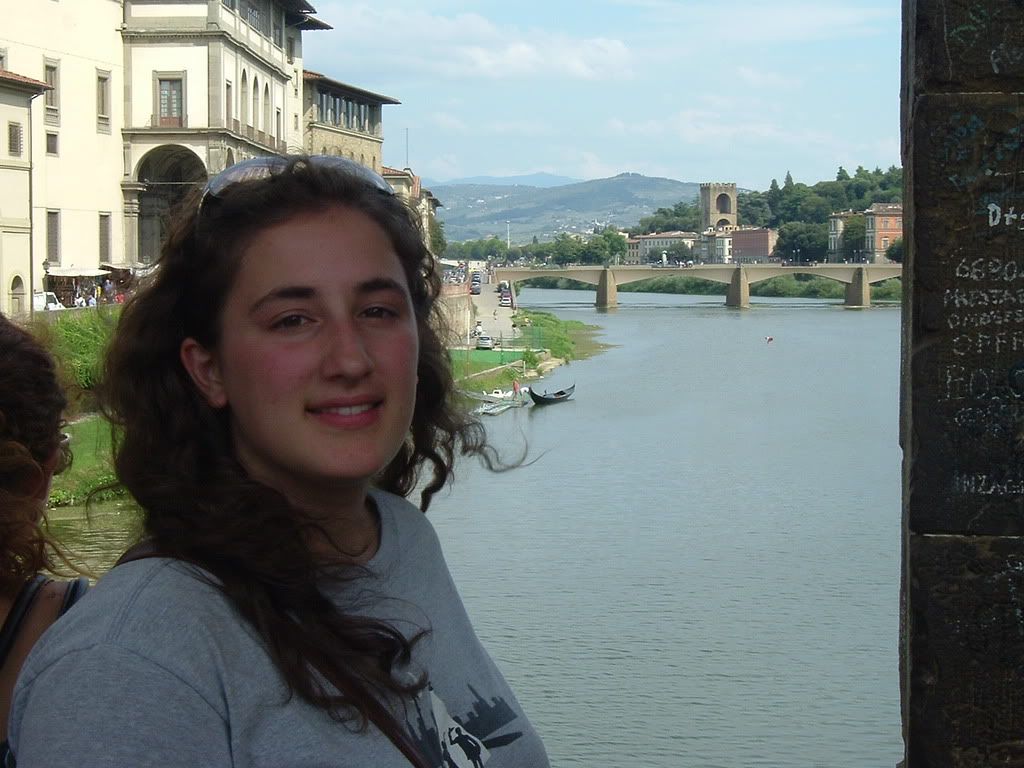
A block away from the intersection of
“The important thing is to wear rubber globes when dealing with the mud or else the moisture will be sucked out of your hands and won’t come off for a week,” said Joe, one of the workers showing me the details of laying tile inside the future break room. I noticed clumpy, white mud-stained jeans hanging off his thin frame. He looked to be around twenty  years old with dark stubble, a little shorter than his hair, filling in around his face. Laying tile is a lot more complicated than simply slapping tiles in some mud on the ground. This was an art, or so he said. It all begins with the look you want. This particular construction site would be high class, and no cheap tile could be laid in a fancy business loft. That’s why they chose travertine, an expensive, half in thick stone tile with a marbled cream color that felt rough and porous to my fingers. “The more expensive they are, the easier they can break,” Joe said to me, “and also the harder to lay.” His young brow wrinkled in concentration as he surveyed the slope of the floor and angles of the walls where the final tiles would lay running up to the ragged carpet covered hard wood floors. Only the early morning glare from a couple of nearby windows lit the smallish, rectangular room. It wasn’t dark enough for the make-shift work lamp hanging from the ceiling pipes to be plugged in.
years old with dark stubble, a little shorter than his hair, filling in around his face. Laying tile is a lot more complicated than simply slapping tiles in some mud on the ground. This was an art, or so he said. It all begins with the look you want. This particular construction site would be high class, and no cheap tile could be laid in a fancy business loft. That’s why they chose travertine, an expensive, half in thick stone tile with a marbled cream color that felt rough and porous to my fingers. “The more expensive they are, the easier they can break,” Joe said to me, “and also the harder to lay.” His young brow wrinkled in concentration as he surveyed the slope of the floor and angles of the walls where the final tiles would lay running up to the ragged carpet covered hard wood floors. Only the early morning glare from a couple of nearby windows lit the smallish, rectangular room. It wasn’t dark enough for the make-shift work lamp hanging from the ceiling pipes to be plugged in.
While Joe and Abuelo Jorge concoct the mud, a mixture of dry concrete and water, in a white bucket and cut the remaining tile to fit the edges, another worker tiles in the men’s bathroom. Deciding to watch him, I walked down the long hallway surrounded by unfinished offices and noticed square support beams twice the size of my waist cinched by metal clamps and long copper pipes protruding from the newly painted drywall. They must have been an original part of the building and necessary for the restoration. I could feel the air of a portable fan blowing away dust and smell wiffs of paint as I headed away from the hall and to the bathroom. A large, light skinned man with dark curly hair crouched on his heals laying smaller, 31/2 square inch travertine tiles on the wall. Little pieces of cardboard and plastic cross spacers stick between the tile, keeping them from sliding out of place. “Mornings are generally the slowest time of day, we’re all kinda asleep still, but  that changes after our
that changes after our
But the low down on tile came from Joe as he returned to his former room. “You see, we have to clean the floor good before smoothing down the tile, and this trowel here with the prongs on two sides and flat bottom spreads the mud. The prongs form cornrows in the mud to keep the air and moisture from breaking the tile once it’s set. And there’s a secret term rarely used I’m going to share with you. It’s called surfing. When the tile too high above the others, stand gently on the tile to push it down and level. It’s still wet, so you have to be careful” said Joe.
After explaining the process to me, Byron yelled through the maze of walls and offices announcing that it wasThough it’s time for the guys to head back to work, Mike agrees to talk with me about the history and restoration of this building they’ve been working on. I’ve heard from Byro n and Joe that Mike actually loves to talk about the history because he has been researching it for the past year. Sure enough, his eyes light behind his square glasses as he tells me about how this building was involved in a feud in the 20’s, and now how important it is to keep the building’s spirit among the new construction. Between the original green and white speckled brick, the protruding infrastructure, beautiful tiling and dedication, he will definitely reach his goal.
n and Joe that Mike actually loves to talk about the history because he has been researching it for the past year. Sure enough, his eyes light behind his square glasses as he tells me about how this building was involved in a feud in the 20’s, and now how important it is to keep the building’s spirit among the new construction. Between the original green and white speckled brick, the protruding infrastructure, beautiful tiling and dedication, he will definitely reach his goal.



No comments:
Post a Comment